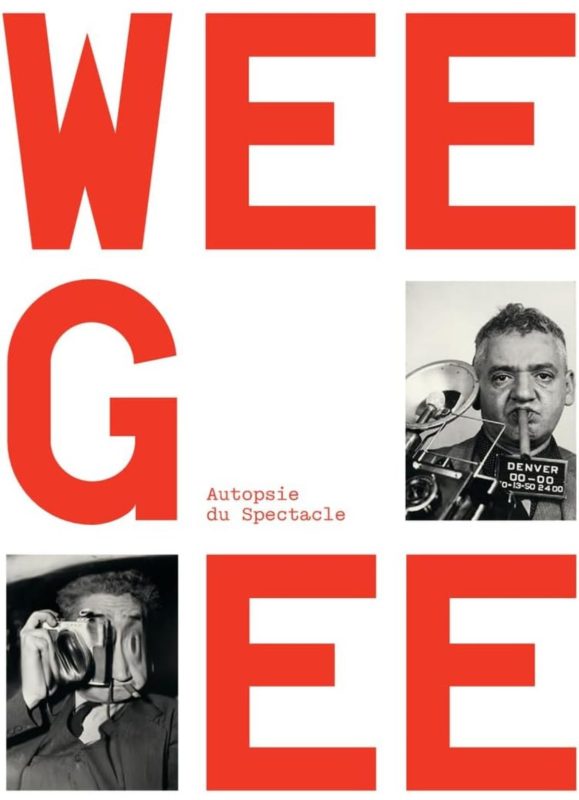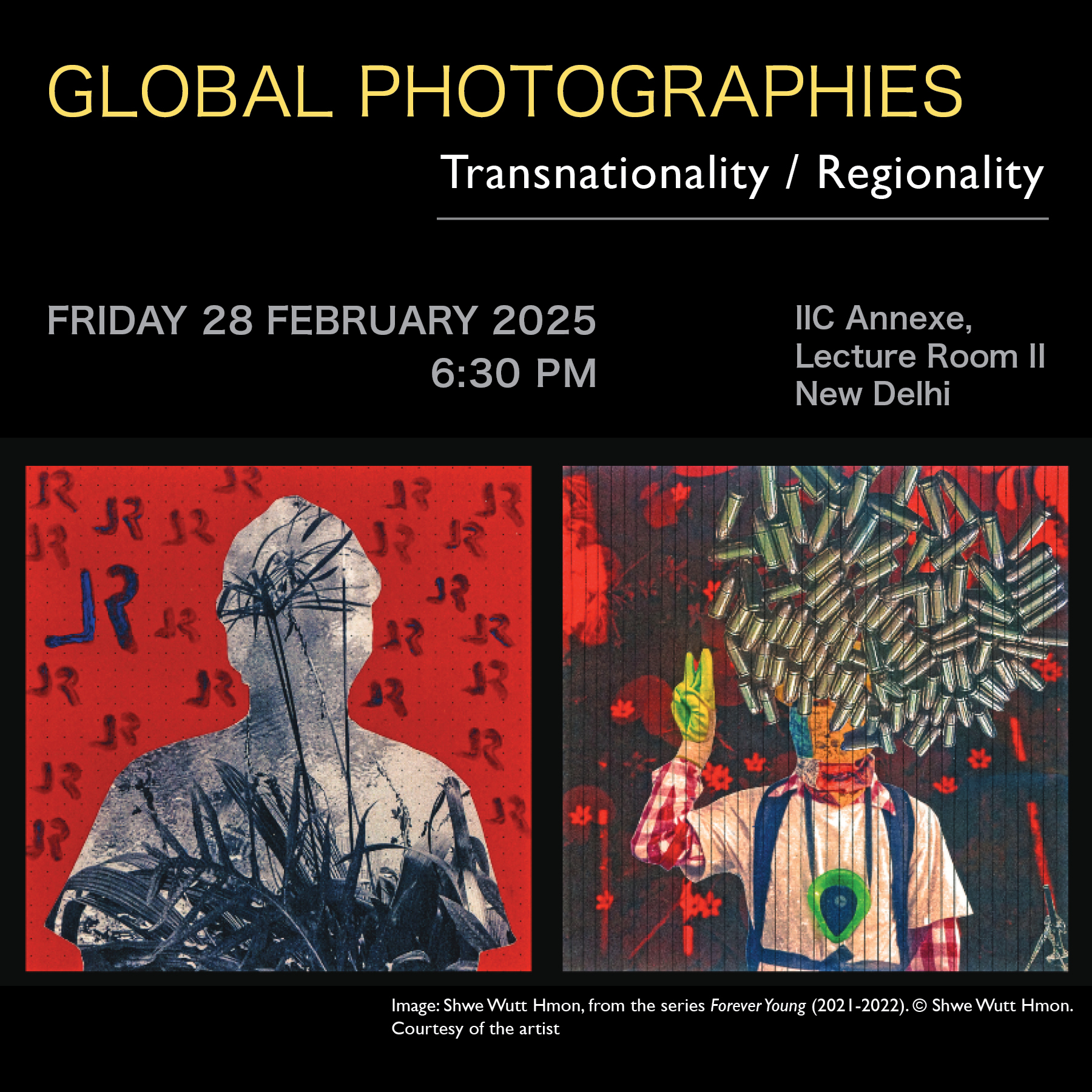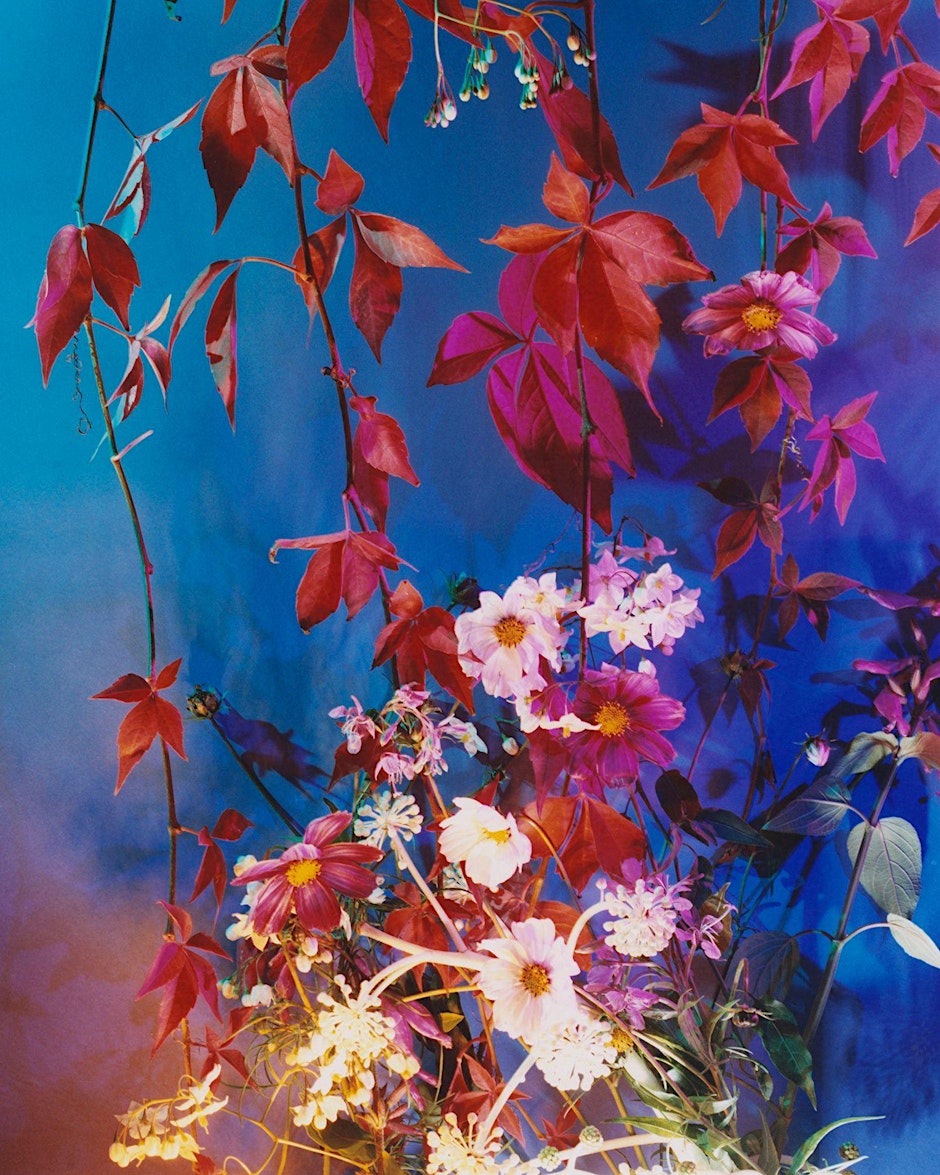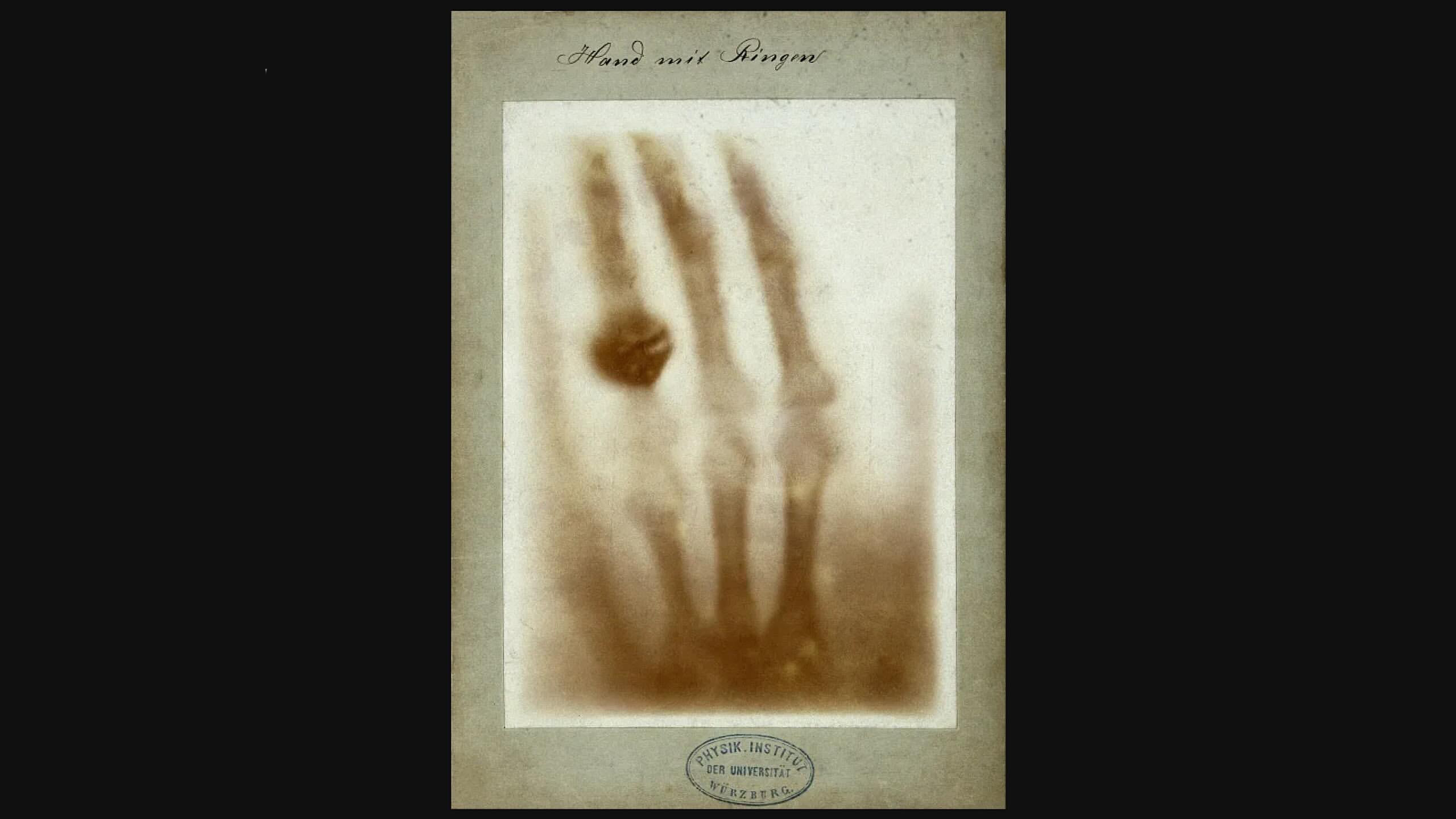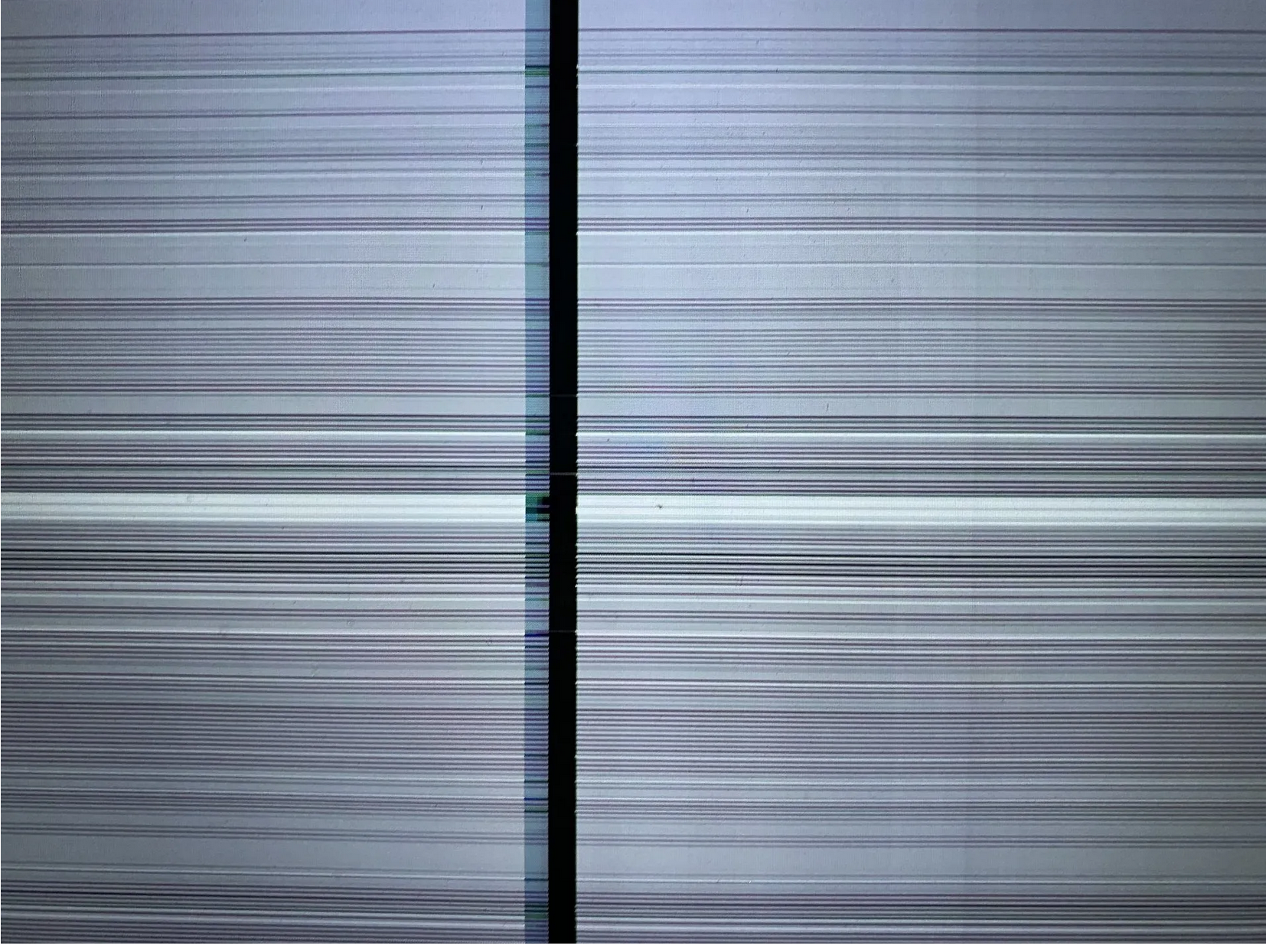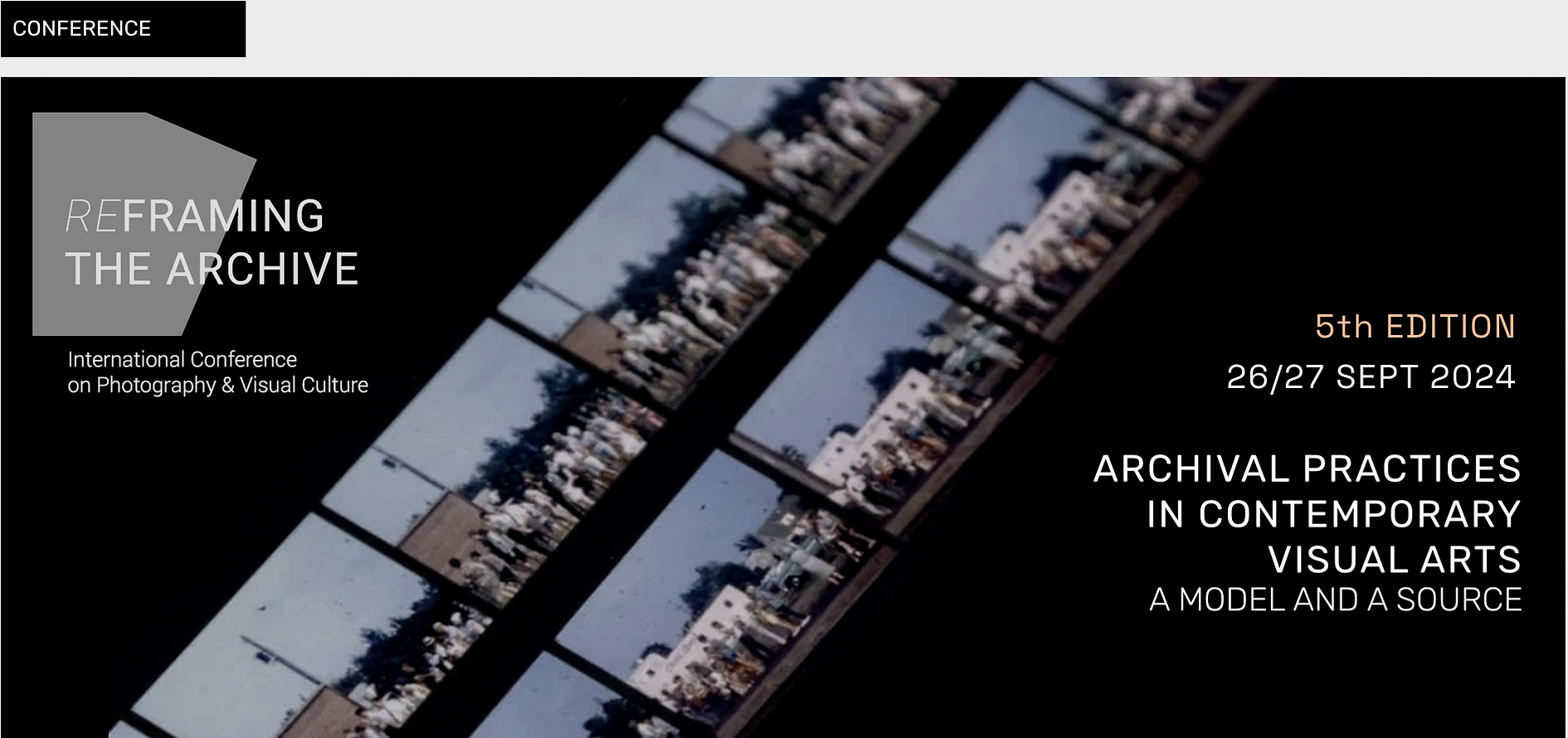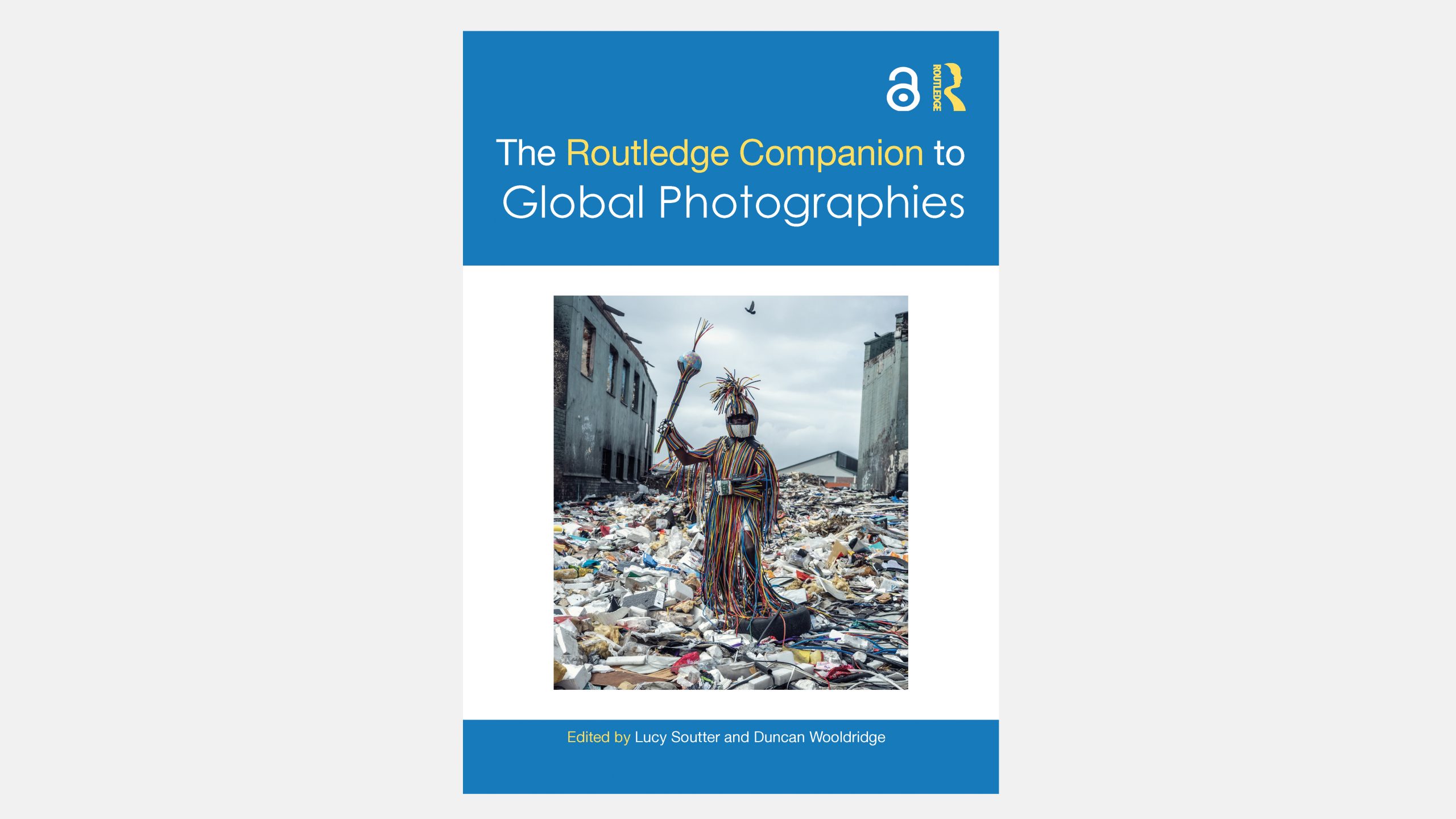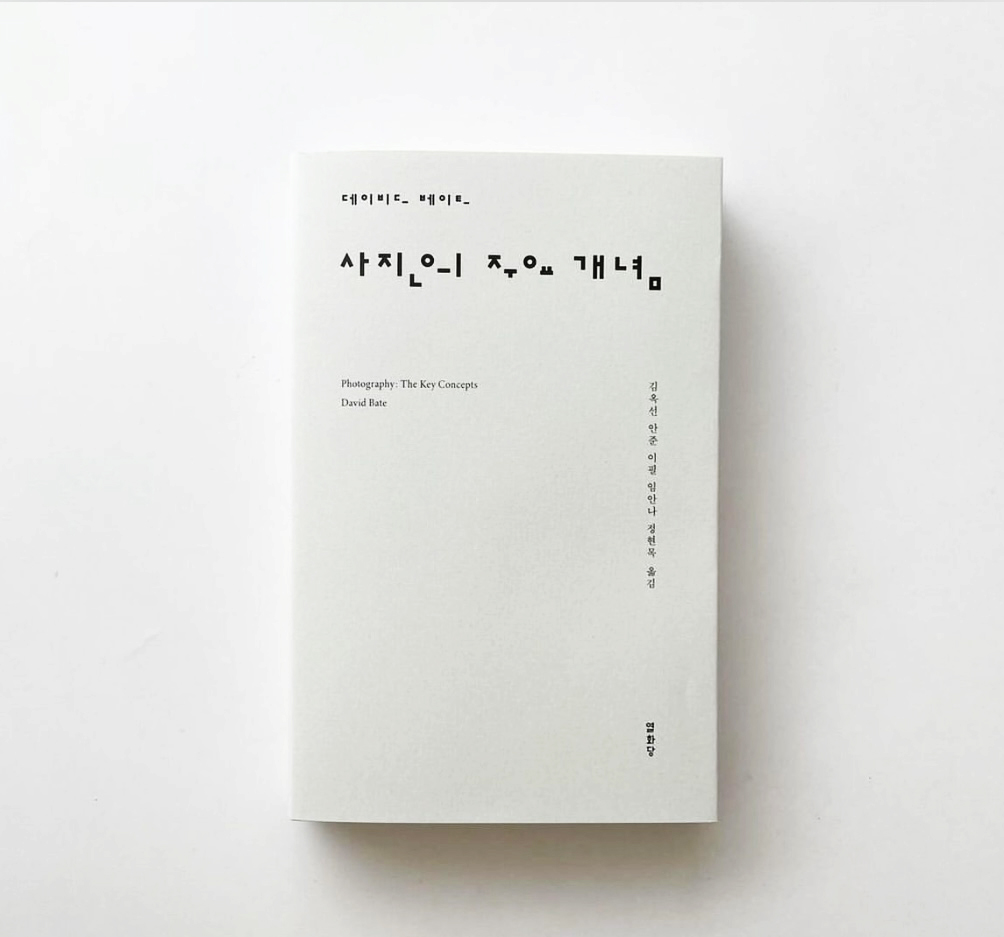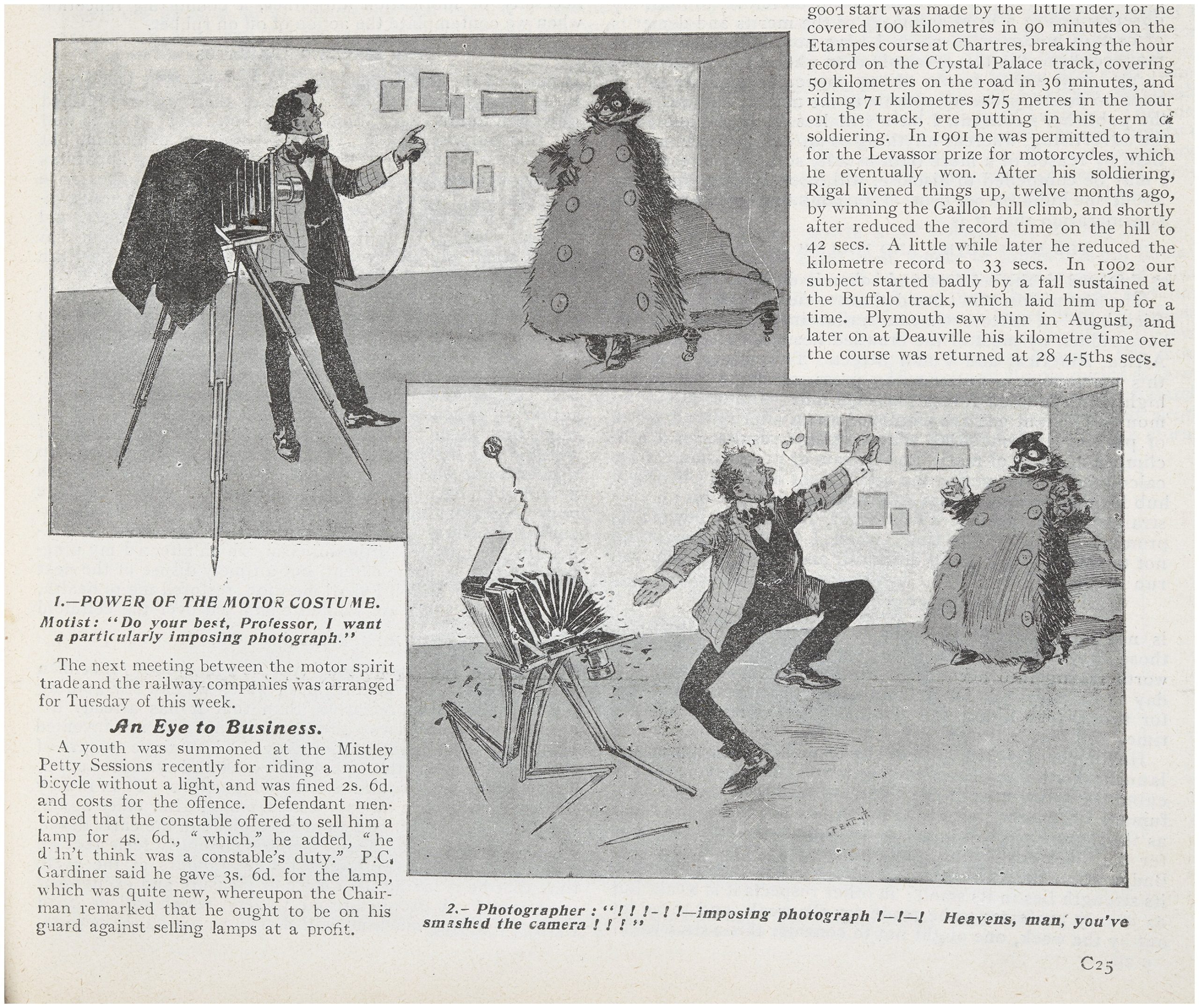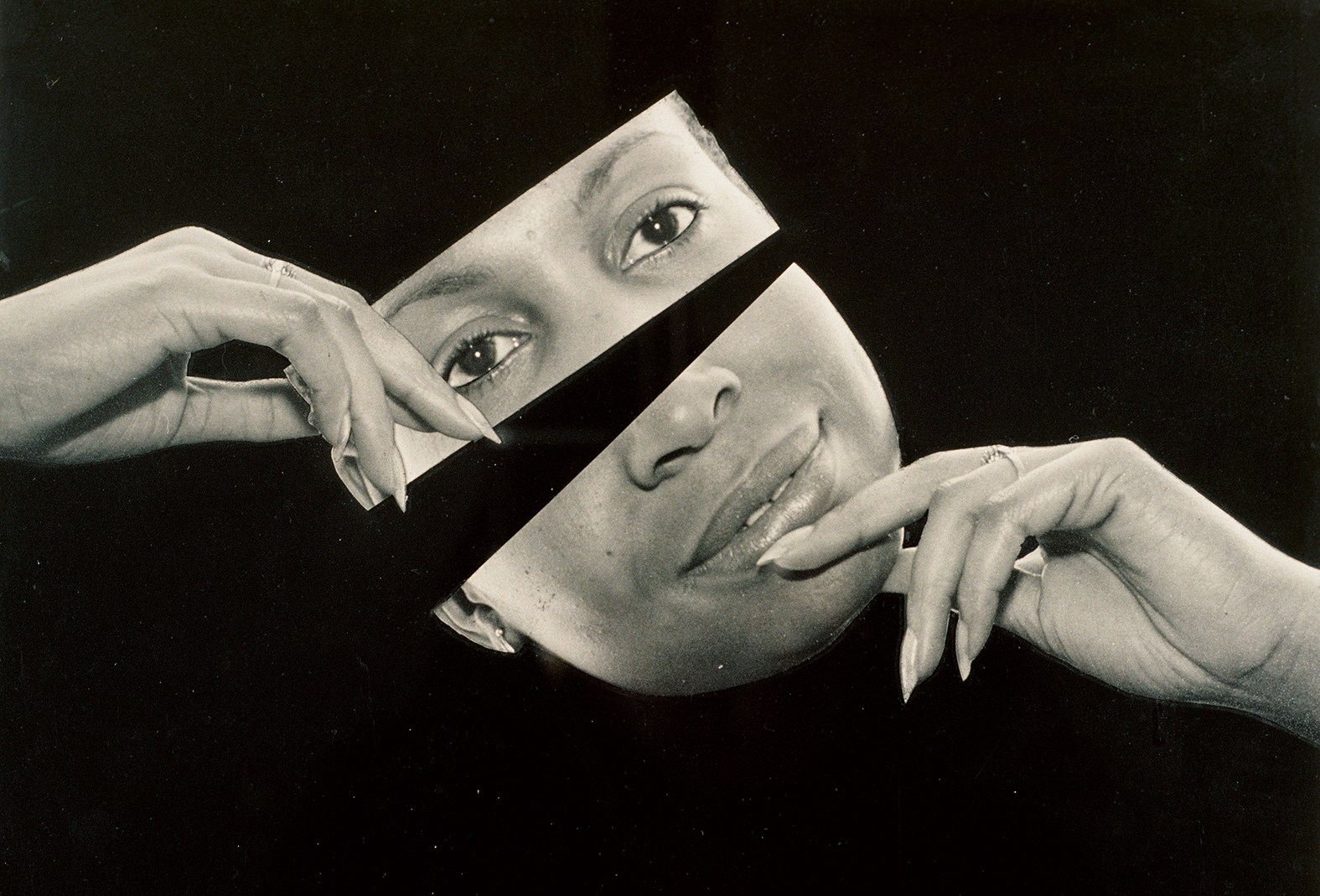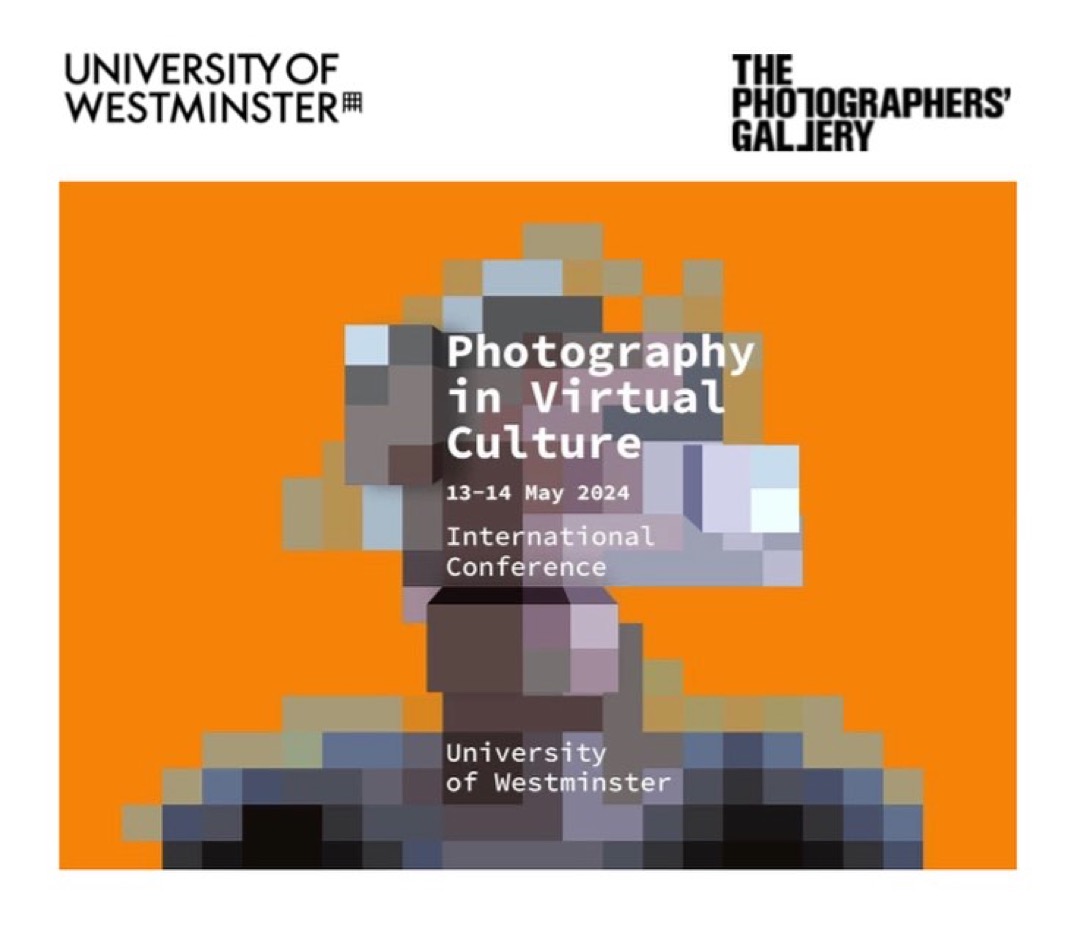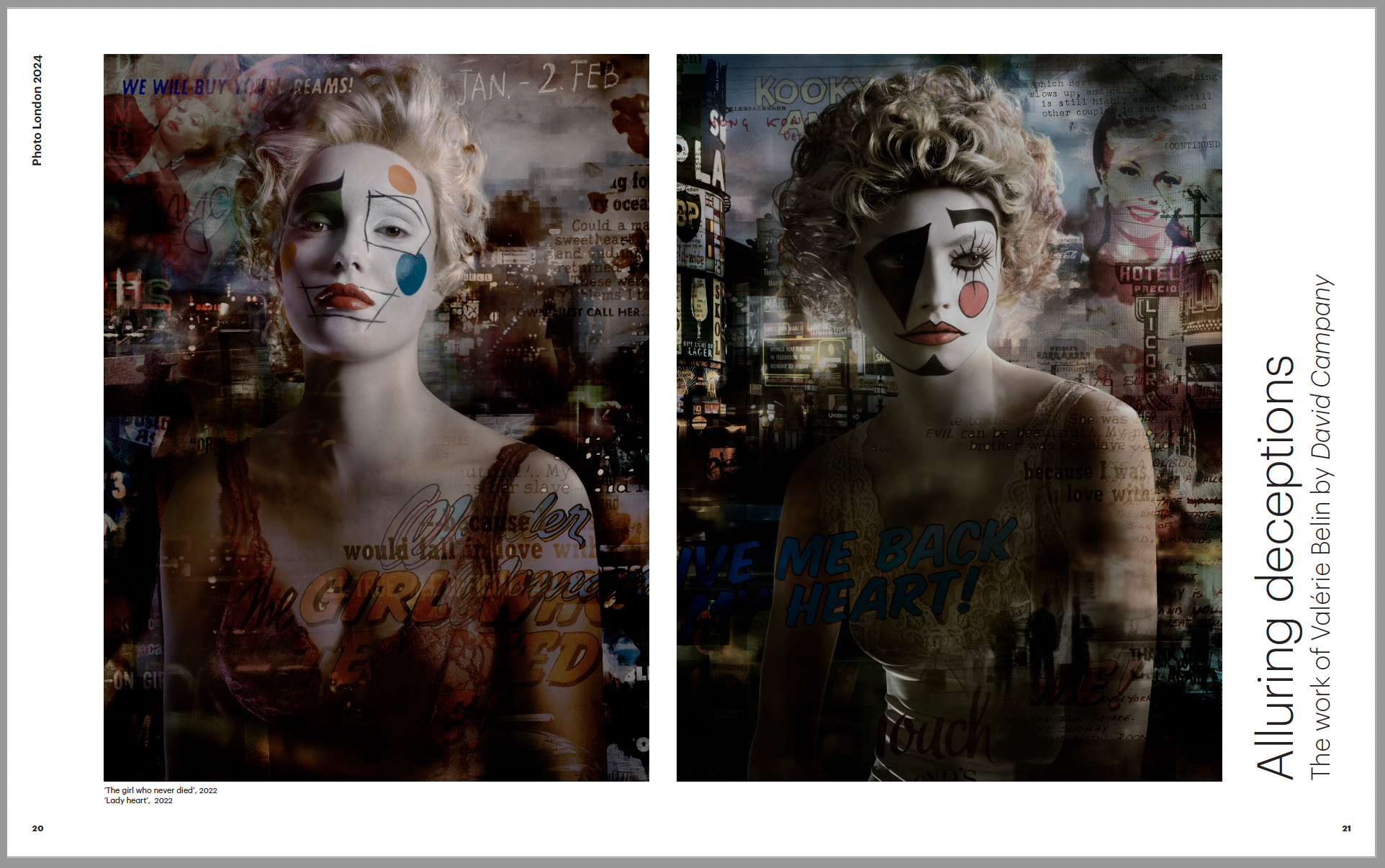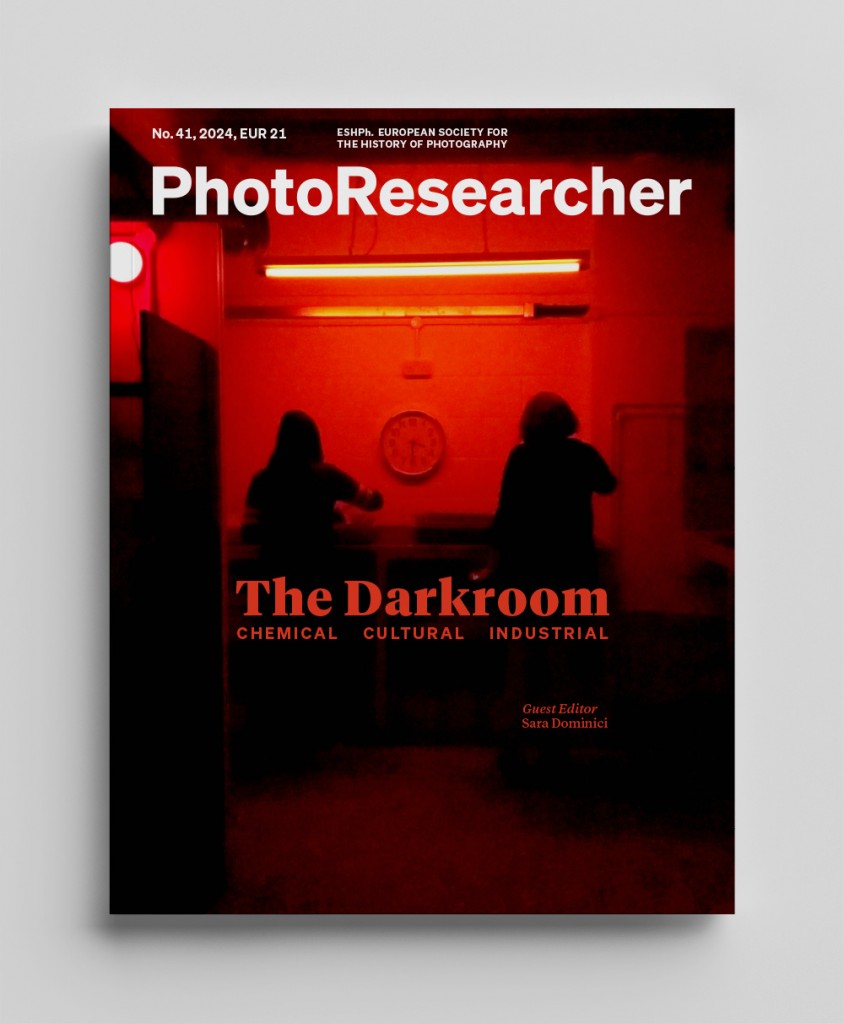David Campany’s essay ‘Weegee and Kubrick’, appears in the new book Weegee: Autopsie du Spectacle (Textuel, France 2024) which accompanies an exhibition of the photography of Weegee curated by Clément Cheroux at the Fondation Henri Cartier-Bresson, Paris.
Perhaps the last great body of work made by Weegee, and certainly one of his most intriguing, is the group of photographs he produced during the production of the movie Dr. Strangelove or: How I Learned to Stop Worrying and Love the Bomb1964, Stanley Kubrick’s nightmarish black comedy of Cold War paranoia and nuclear threat. ‘Weegee and Kubrick’ might seem an unlikely pairing but in many ways their collaboration was an inevitable and joyous outcome of their intertwined lives in photography and cinema.
The two men had crossed paths much earlier, in late 1940s New York. Weegee was still just about active in the city, while the precociously talented teenage Kubrick was devising and shooting ambitious photo stories, primarily for Look magazine. At that time, they both belonged – aesthetically and temperamentally, at least – to the common streets. Photography was prized for its immediacy and the possibility it offered to conjure striking and dramatic pictures from the tensions of the everyday. When Kubrick turned from photography to movie making, it was the low-life themes of film noir that first appealed to him. This was a genre that Weegee’s photography had already anticipated and in some instances, had influenced directly.
Find out more about the exhibition here.
